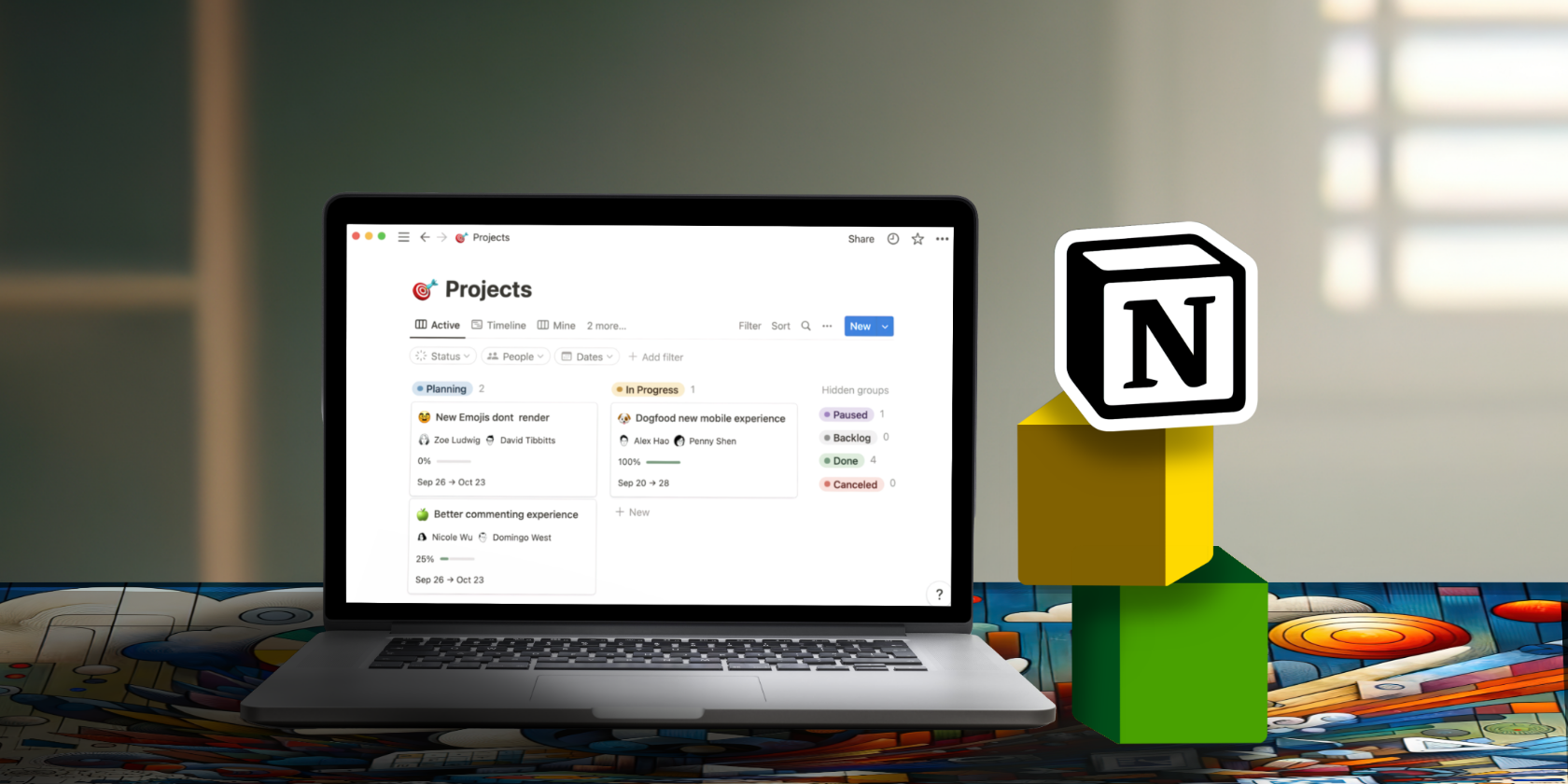
Seven Reasons to Hold Onto What You Have: Continue Using Windows 10

Seven Reasons to Hold Onto What You Have: Continue Using Windows 10
Windows 11 looks modern and inviting. And you might be tempted to give it a try. But before you jump on the bandwagon, it may be better to stick with Windows 10.
For starters, Windows 10 is already well-supported. Software and hardware compatibility issues are few and far between. On the other hand, there have been major compatibility issues with Windows 11.
Let’s see some more reasons why you should hold out on Windows 11.
Disclaimer: This post includes affiliate links
If you click on a link and make a purchase, I may receive a commission at no extra cost to you.
1. Unlike Windows 11, Windows 10 Runs on Everything
One of the biggest reasons not to upgrade to Windows 11 is that you are unable to. Windows 11’s hardware requirements are a significant step-up for some people.
The biggest and the toughest requirement is that computers will need to have an 8th gen Intel or a Zen 2 AMD CPU with a TPM 2.0 chip. Moreover, the CPU also needs to support secure boot.
Although these CPU requirements are nothing extraordinary, a surprising number of people are still running considerably older hardware than what Microsoft mandates for Windows 11. If you are one of these people, you have no choice but to buy a new PC to get Windows 11.
So, if you don’t want or can’t get a new PC, you are forced to stay on Windows 10. But as you will see later on, staying on Windows 10 is not as bad as you think.
2. Windows 11 Is Buggy and Lacks Polish
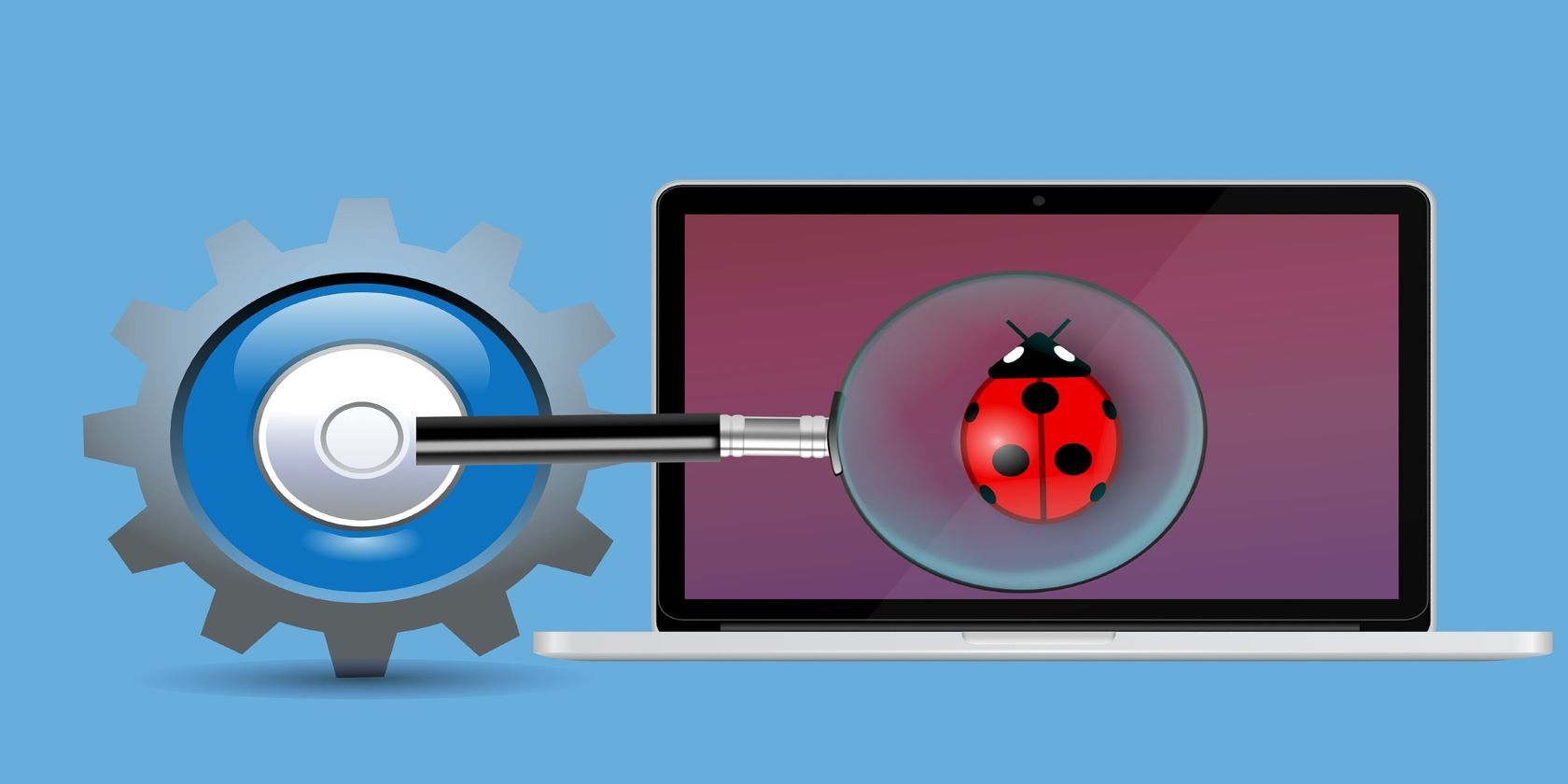
Windows 11 is less than a year old. Jumping on the latest version of Windows shortly after release is never a pleasant experience. For instance, when Windows 10 launched in 2015, it was buggy. And although the OS did get fixed eventually, people who adopted it initially were essentially glorified beta testers.
Windows 11 is fresh out of the oven. It is missing features, has a lot of bugs, and new hardware and software compatibility issues are being found and fixed constantly.
Therefore, if you want a bullet-proof PC experience, it would be better to wait a while before jumping onto Windows 11.
3. Windows 10 Start Menu Is Better
Windows 11 Start menu isn’t as helpful as it should be. It doesn’t show your most used or recently installed apps. Instead, it shows apps that Windows 11 would want to use as it recommends Microsoft 365, Photos, Microsoft Store, and so on.
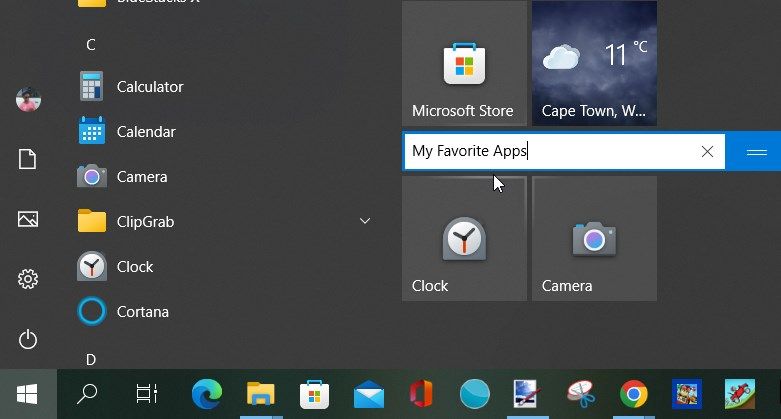
When it comes to Start menu accessibility, Windows 10 is simply better as you can quickly launch your most-used apps or get more info about the weather or news through Start menu tiles.
4. It’s Harder to Change Windows 11 Settings
If you plan on getting a new laptop with the OS pre-installed, it might be shipped withWindows 11 S Mode . While S Mode is designed to take care of your cybersecurity and keep your hardware performing at its best, it comes with a major drawback.
While using S Mode you can’t install third-party apps, run command lines, or edit the Windows Registry.
Even if you leave S mode, there are a few Windows features that are not available by default. For example, you might notice thatGroup Policy is missing in Windows 11Home edition .
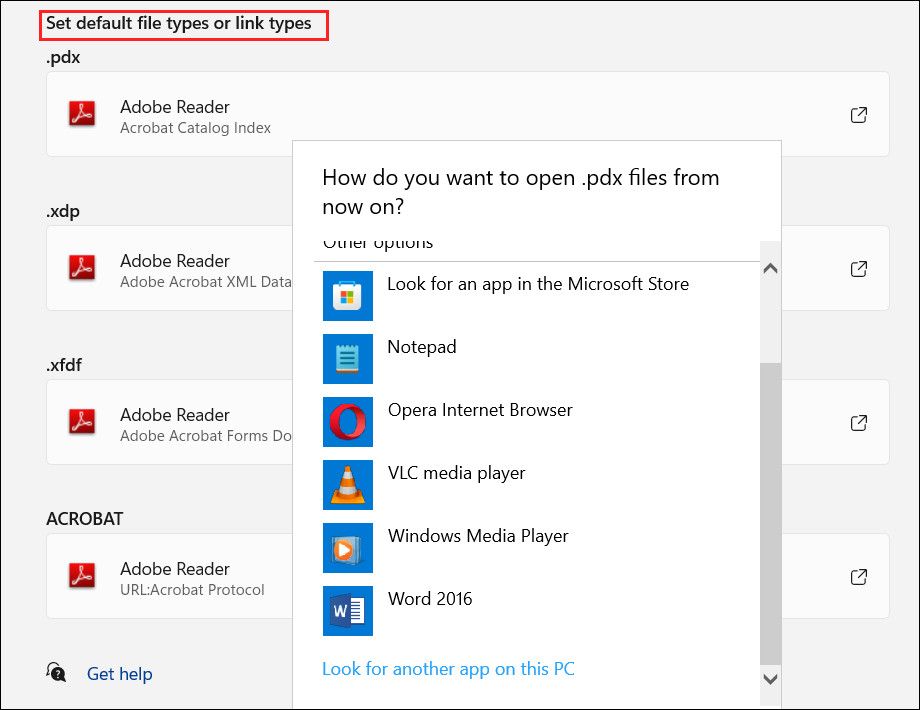
Also, even changing simple settings, such as choosing a new default app is more difficult in Windows 11. For example, you can’t set an image editor as your default app for all photos on your computer. You’ll have to set the app as the default one for opening .JPG, .PNG, .TIFF, .NEFF, and for every file type that you want to open with the same app.
5. Windows 11 Is Just Like Windows 10
Windows 11 wasn’t supposed to be a new version of Windows. It was meant to be a substantial update to Windows 10 and termed asWindows 10 Sun Valley Update . Microsoft pulled a fast one on all of us by renaming the Sun Valley Update into Windows 11.
In other words,Windows 11 is Windows 10 in disguise . There is incredible feature parity between the two OSes. Except for a few features, anything that you see on Windows 11, you can find a version of it on Windows 10.
Until Microsoft delivers on the promised, platform-differentiating features like Android app support, the incentive to move on to Windows 11 is little.
6. Windows 11’s Biggest Gaming Features Are Also on Windows 10
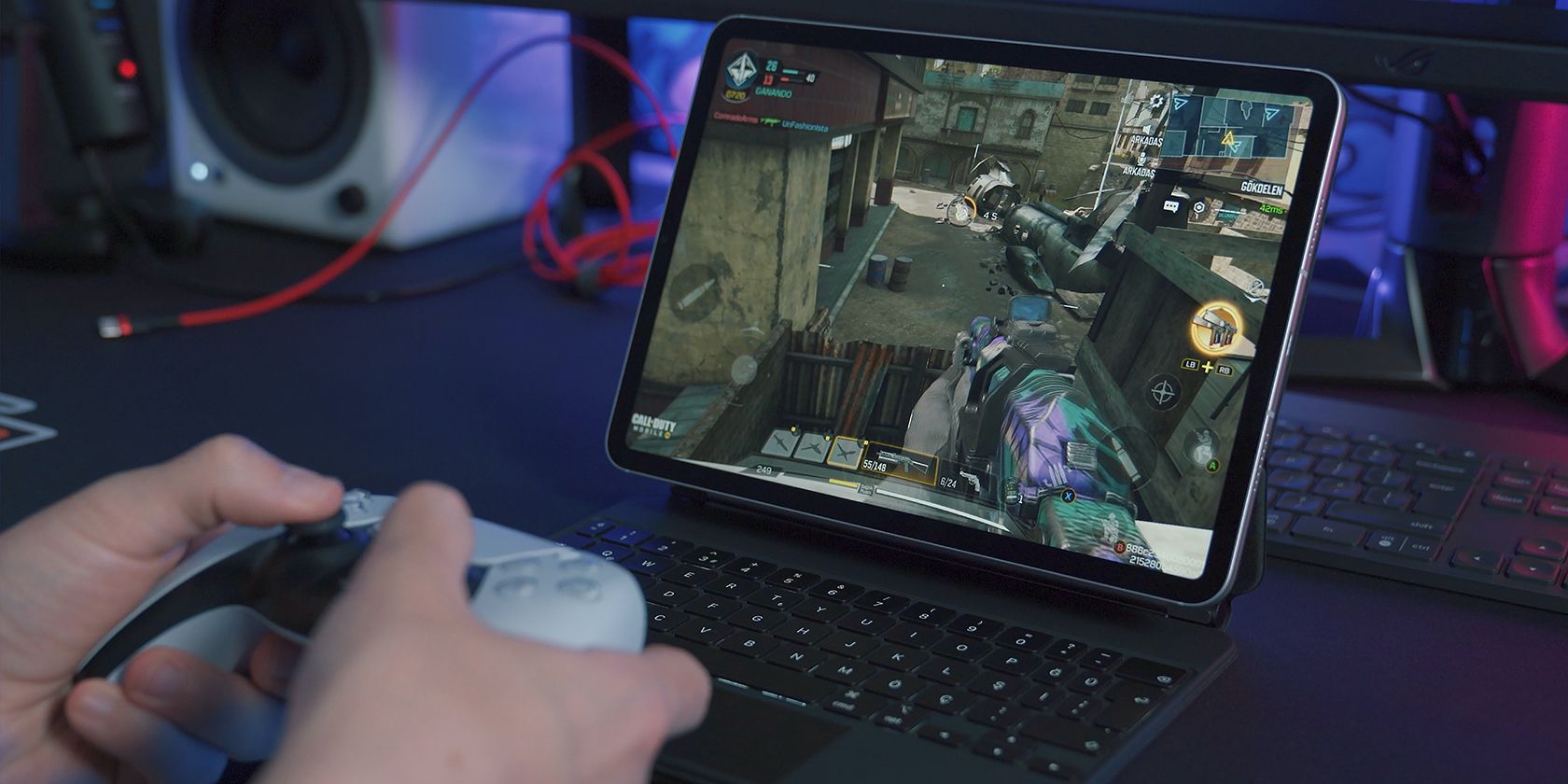
Microsoft is calling Windows 11 “the best Windows for gaming” and the company has packed many cool gaming-centric features in the OS to substantiate that claim. SomeWindows 11 gaming features includeAutoHDR ,DirectStorage , and deeperXbox app integration .
All the above-mentioned features are either already on Windows 10 or coming to Windows 10, in one form or another. For instance,DirectStorage is coming to Windows 10 even though Microsoft claimed that the feature will be exclusive to Windows 11.
Similarly, Microsoft had also claimed that AutoHDR is Windows 11-exclusive. We weren’t surprised that the company backtracked on that decision and AutoHDR now ships with Windows 10 Build 21337 in the Windows insider program.
Next, while Windows 11 comes with the Xbox app out of the box, you can get the same app on Windows 10 as well.
Finally, when it comes to actual gaming performance, there ispractically no difference in frame rates . In some outlier cases, you may get a few more frames per second on Windows 11, but that’s it.
Long story short, if you were hoping for a measurably better gaming experience on Windows 11, you might be disappointed.
7. Windows 11 Shows More Ads
We already know that there’s no way to escape ads, no matter which device or operating system you’re using. But Windows 11 takes it to a new level, by showing an unnecessary amount of ads. And the fact that Microsoft does its best to “personalize” them doesn’t improve the situation.
It seems that there’s no way to escape ads while using Windows 11. The operating system displays ads in its Start menu, lock screen, notifications, widgets, and settings.
Fortunately, you canget rid of ads on Windows 11 , even if the process isn’t as straightforward as it should be.
8. Microsoft Will Support Windows 10 Until 2025
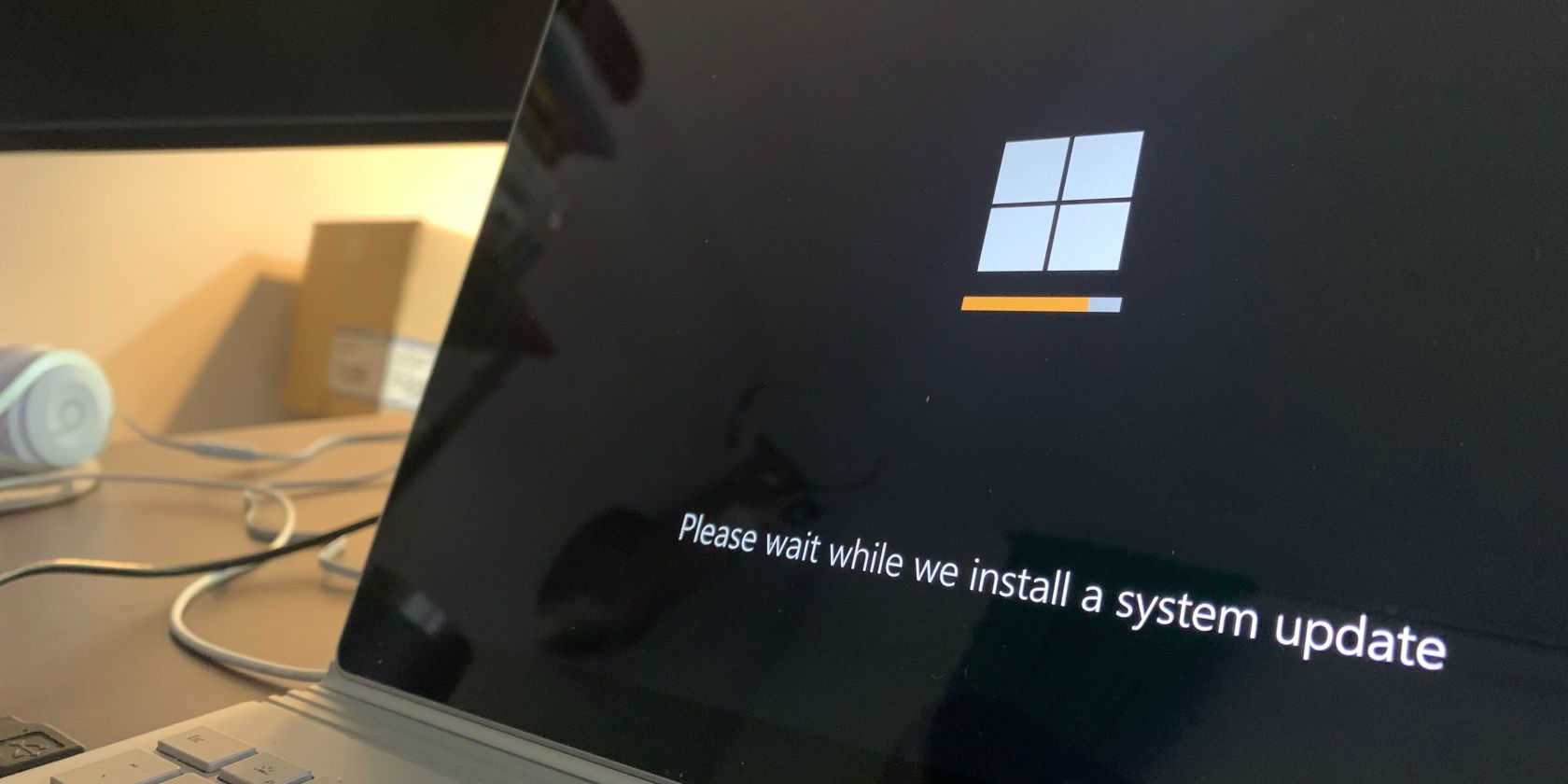
Just like it did with Windows 7 after the launch of Windows 10,Microsoft will keep supporting Windows 10 Until 2025 . This means that if you are running Windows 10, you will continue to get bug fixes, new features, and security patches.
So, you don’t have to worry about Microsoft abandoning Windows 10 for Windows 11, at least for a few years to come.
Microsoft Has a Lot to Fix in Windows 11, but It’s a Good Start
Microsoft has got a lot right with Windows 11. It has a beautiful design, useful features like Snap Layouts, and is a free upgrade. But, as we’ve just seen, there are still a lot of reasons why someone might want to remain on Windows 10. And most of these reasons are issues that plague Windows 11.
Let’s hope Microsoft fixes these issues and makes switching to Windows 11 worthwhile.
Also read:
- [New] 2024 Approved Crafting Winning Collaboration Plans on YouTube
- [New] 2024 Approved How to Upload Your Music to YouTube
- [Updated] 2024 Approved Elite Game Line-Up Best 7 FPS Classics
- [Updated] In 2024, Insider Guide Decoding YouTube Live Image Codes
- [Updated] In 2024, Lecturer's Guide to Efficient Classroom Sound Archiving on Macs
- ASUS Routers: The Ultimate Lineup That'll Boost Your Network
- Elevate Windows: The Best Free Upgrades for Car Software Health
- Enabling Windows Terminal's Quake Mode
- How to Make Microsoft Edge Faster W10/W11
- How to Use an Android Tablet as a Second Screen in Windows 11
- In 2024, How to Find iSpoofer Pro Activation Key On Vivo V27? | Dr.fone
- Quick-Fix Guide: Overcoming Steam Errors on Games in Windows 11
- Resolving Monitor Duality Issues on PCs
- Revitalizing Your PS5 Gaming Credentials
- Wiederherstellung Von Daten Auf Einer Nicht Erkannten MikroSD-Karte - Schritt-Für-Schritt-Anleitung
- Title: Seven Reasons to Hold Onto What You Have: Continue Using Windows 10
- Author: Richard
- Created at : 2024-10-24 22:36:25
- Updated at : 2024-10-26 22:37:35
- Link: https://win11-tips.techidaily.com/seven-reasons-to-hold-onto-what-you-have-continue-using-windows-10/
- License: This work is licensed under CC BY-NC-SA 4.0.